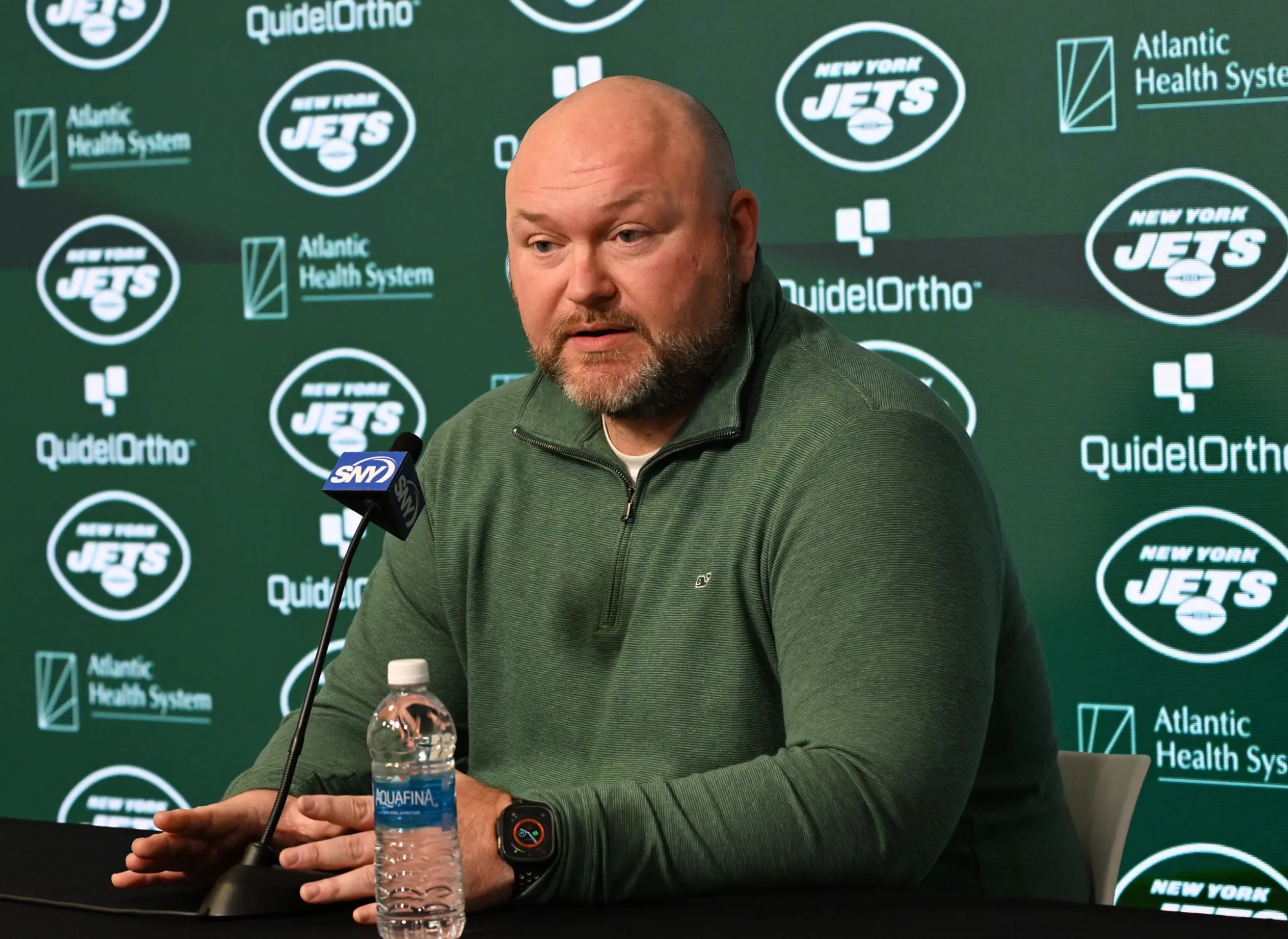After a slow start to the offseason, the New York Jets have essentially filled all of their major needs in free agency. The offensive line, which was a major weakness in the offseason, has been rebuilt with two free agent pickups (left tackle Tyron Smith and left guard John Simpson) along with a trade for right tackle Morgan Moses. Wide receiver Mike Williams fills a big hole opposite Garrett Wilson while Tyrod Taylor was added to provide a veteran backup for Aaron Rodgers.
All of those moves improved the Jets’ roster to the point that GM Joe Douglas has some serious flexibility with the 10th overall pick in April’s draft. Prior to the additions of Moses and Smith, many earmarked the pick as a lock to be an offensive tackle, which would have been a very similar situation to what the Jets entered last year’s draft hoping to do. The pick swap that the Jets needed to complete a trade with the Green Bay Packers for Rodgers ended up costing the Jets all the top tackles as Pittsburgh traded in front of them to snag the last one at No. 14, leaving Douglas in position to take Will McDonald II at No. 15, a decision that all but sent Bryce Huff out the door.
A tackle should still be an option for the Jets since neither Moses or Smith is locked up long term with both set to hit free agency after the season. Both are injury risks as well and the Jets don’t want to end up in a situation where Carter Warren ends up protecting Rodgers’ blindside if Smith has to miss a few games due to injury. Developing a tackle behind Smith or Moses for a year with an eye on having them be key insurance for this season while aiming to start them in 2025 is prudent team building.
Adding another weapon for Rodgers should also be on the table since Williams, while a top option when healthy, may be delayed at the start of training camp as he recovers from ACL surgery. Some of the draft’s top pass catchers could slide down to 10, with the likeliest fit being Washington wide receiver Rome Odunze. Williams is also on a one-year contract, so adding Odunze would give the Jets a potential 1-2 punch on rookie scale contracts that would be tough to beat.
The unicorn option would be tight end Brock Bowers, who is widely regarded as one of the best players at his position to enter the draft in years. Bowers is a bit of a luxury pick at 10 but with their needs presumably filled the argument could be made to take him as a pass-catching weapon if the top receivers and tackles are off the board before the Jets pick.
Another thing that Douglas could consider is trading down from No. 10 to recoup a second-round pick, something they don’t have as a result of the Rodgers trade. The best way for this to happen would be if a quarterback slides down to 10, which could incentivize teams behind the Jets to jump up and grab him in order to prevent a team like the Denver Broncos or Minnesota Vikings from getting that passer. This scenario would likely mean the Jets would be sitting in a position where the top tackles and receivers are off the board, meaning they’d either take Bowers at 10 or trade down to add another pick or two to their arsenal.
There are also remote possibilities involving other courses of action, such as adding another edge rusher (which would drive Jets’ fans insane) or even taking a quarterback to groom behind Rodgers if the right guy was available. The only thing that seems outside Douglas’ interest level is a trade up since they have limited draft capital to part with after sacrificing their second rounder.
Unlike 2023, where the world knew the Jets needed a tackle, there is no sure-fire need for the Jets to address at No. 10. In an ideal world they would nab a player who could make an immediate impact on a win-now team, but the beauty of Douglas’ offseason work is that they should be able to grab the best available option for their roster without concern over position fit.

